Agouti is a pattern with banded hair on the dorsal area and lighter markings on the dog’s ventrum. This phenotype is found in many wild animals and is also called wolf gray or wolf sable.
What is Agouti?
Agouti causes hair banding in all dorsal regions of the body. Agouti face markings include a nose bar with banded hairs. Many agoutis have lighter “goggles” around their eyes.
The banded dorsal coat is caused by alternating between phaeomelanin and eumelanin production during hair growth. Agouti often causes more than two bands in each hair and a dark hair tip.
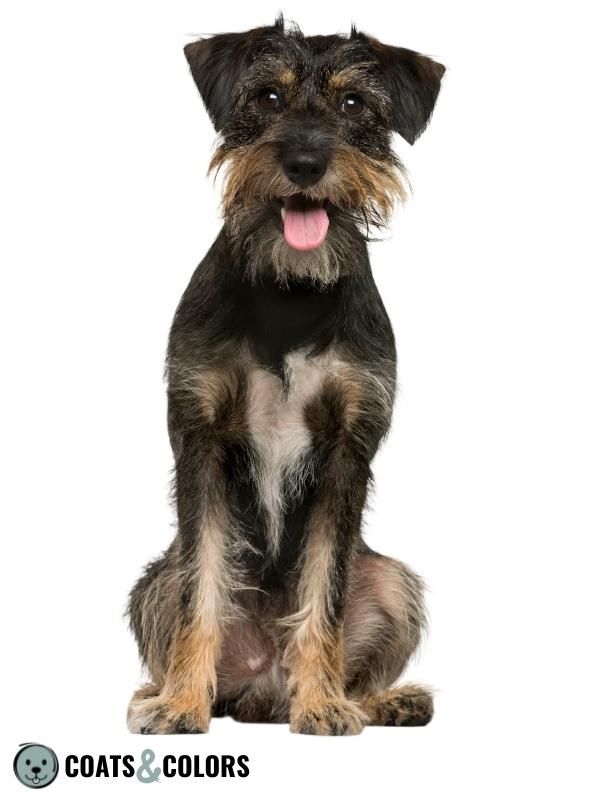
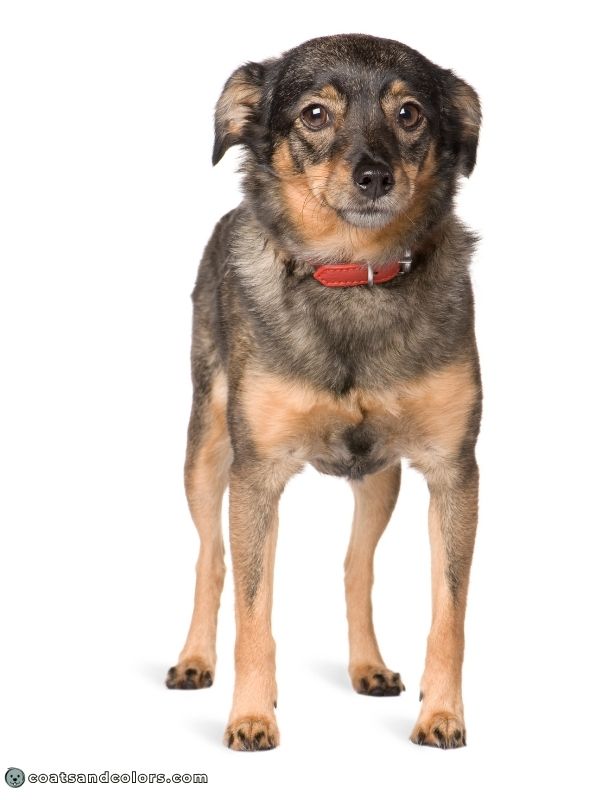
The agouti pattern includes clear ventral tan markings on the eyebrows, cheeks, lower legs, chest, throat, belly, and bum. The placement of tan markings is the same you can see in a tan point pattern (what turned agouti to tan point is just a mutation that replaced banded hair with black hair).
The edge between tan markings and banded hairs can be crisp, especially in some darker agouti patterns (mostly from being aw/at or aw/a). The color of the tan markings can vary in intensity (they can cream, yellow, or red). And the tan markings can be lightened by countershading.
Agouti is the wild-type when it comes to ASIP base patterns. It is found in gray wolves and all sorts of other wild animals where the banded coat causes a dull gray or reddish gray appearance.
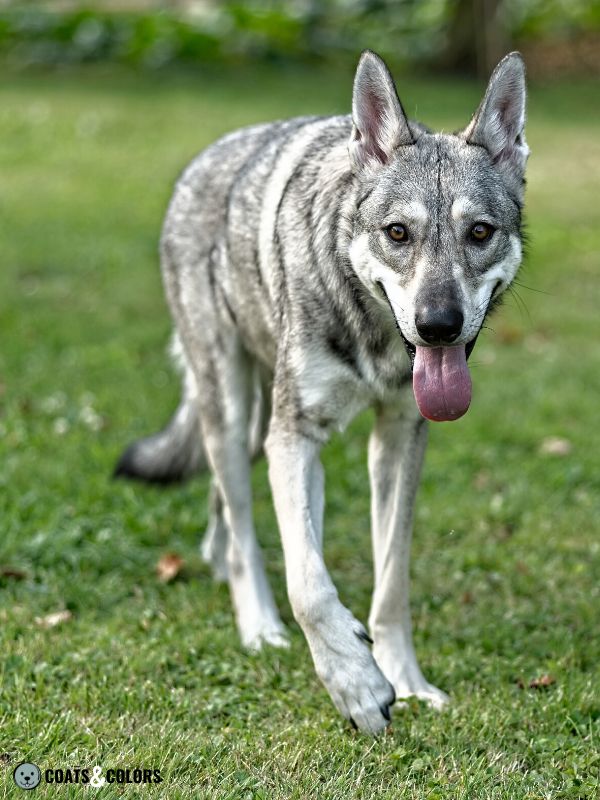
The ASIPAG allele (aw)
The A locus determines the temporal and spatial distribution of phaeomelanin in a variety of patterns.
However, these ASIP patterns can only be observed in dogs that are neither dominant black (KB/-) at the K-Locus (solid black) nor recessive red (e/e) at the E-Locus (solid red).
The traditional testing system can only distinguish between four patterns: Ay>aw>at>a. But this system was unreliable for some breeds and could not explain the whole variety of patterns.
New testing can now detect more patterns that are caused by the A locus:
| ASIPDY | Ay | Dominant Yellow, Clear Sable |
| ASIPSY | Ays | Shaded Yellow, Shaded Sable |
| – | aws | Agouti Saddle |
| ASIPAG | aw | Agouti, Wolf Grey |
| ASIPBS | asa | Black Saddle |
| ASIPBB | at | Black Back, Tan Point |
| ASIPa | a | Recessive Black |
Agouti (AG or aw) is recessive to clear sable (DY or Ay) and shaded sable (SY or Ays), but dominant over saddle pattern (BS or asa), tan point pattern (BB or at), or recessive black (a). Dogs with an aw/- genotype can be carriers for black saddle (aw/asa), tan point (aw/at) or recessive black (aw/a).
Agouti is caused by a particular combination of two regions next to the ASIP gene:
The wild-type variant of the ventral promoter (VP2) produces solid tan markings without any banding on the dog’s muzzle, eyebrows, chest, belly, lower legs, and under the tail.
And the wild-type version of the hair cycle promoter (HCP2) causes dorsal hair banding by alternating between dark and light pigment during hair growth.
This combination of VP2-HCP2 promoters (we call this a haplotype) represents the new agouti allele (AG or aw). Other haplotypes represent other alleles (see the A-Locus for more info).
| Phenotype | Allele | VP | HCP |
| Dominant Yellow | Ay (DY) | VP1 | HCP1 |
| Shaded Yellow | Ays (SY) | VP2 | HCP1 |
| Agouti Saddle | aws | VP1 | HCP2 |
| Agouti | aw (AG) | VP2 | HCP2 |
| Black Saddle | asa (BS) | VP1 | HCP4 |
| Black Back | at (BB) | VP2 | HCP3,4,5 |
| Recessive Black | a | (VP2) | (HCP3) |
Note: Legacy testing will report both aw/asa and aw/at as aw/at since it can’t tell the difference between asa and at. Another problem in genetic testing is incorrectly reporting the wild type (aw) when the test doesn’t include all of the other known mutations. Some dogs that test as aw/- are actually at3/-.
Agouti Patterns
Agouti causes some hairs to have alternating bands of eumelanin and phaeomelanin.
Usually, the banded hairs are concentrated along the dorsal region of the torso.
The ventral tan markings show only phaeomelanin without dark banding.
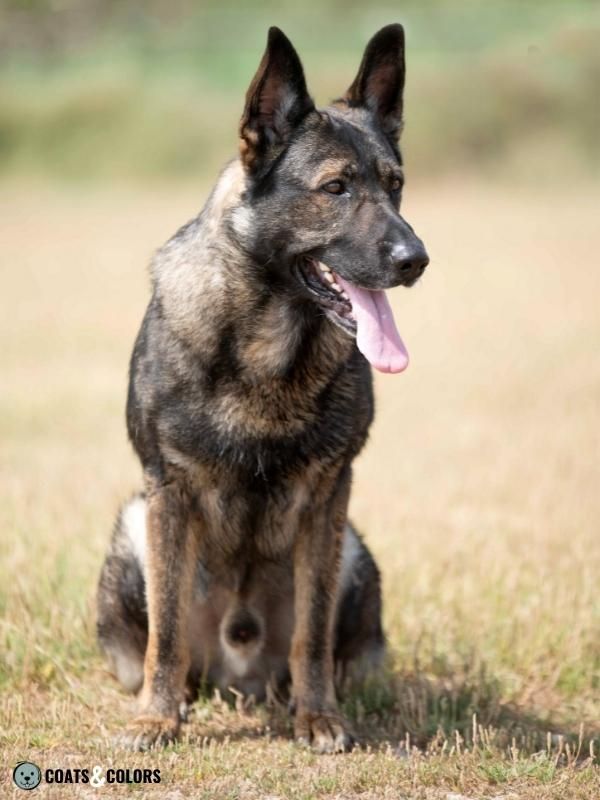
Some darker sable patterns also show some degree of hair banding, so finding a hair with multiple dark bands is not always reliable. But looking at single hairs is not the only way to tell if a dog is truly agouti.
Agouti gives particular face markings with a bar of banded hairs along the ridge of the nose. In some agouti patterns, we find some spectacles of pale hairs around the eyes.
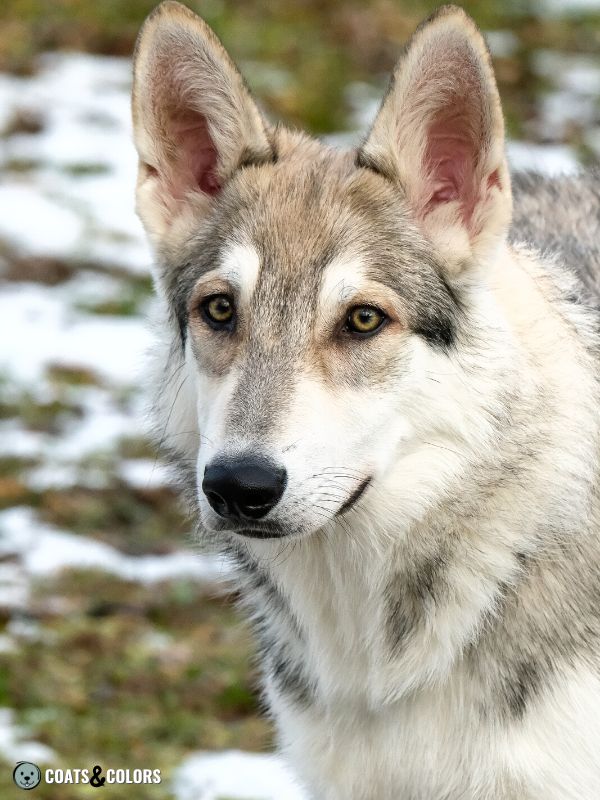
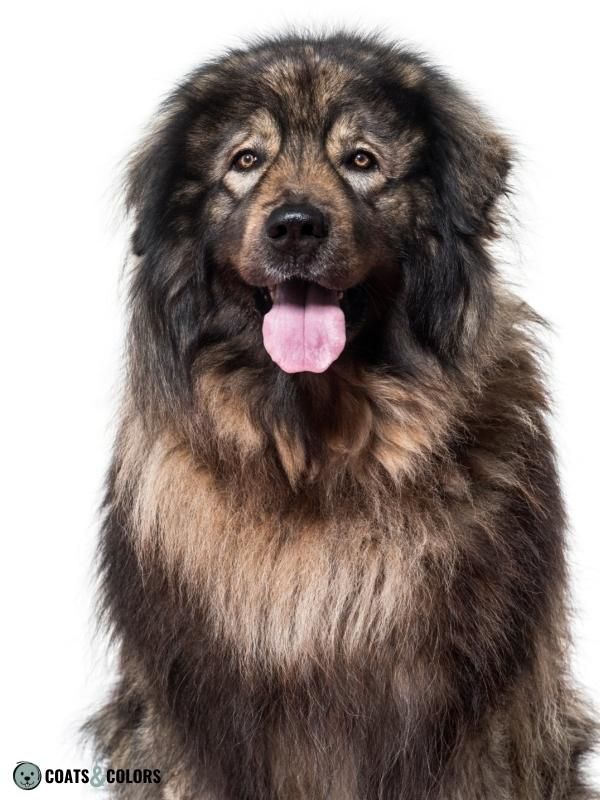
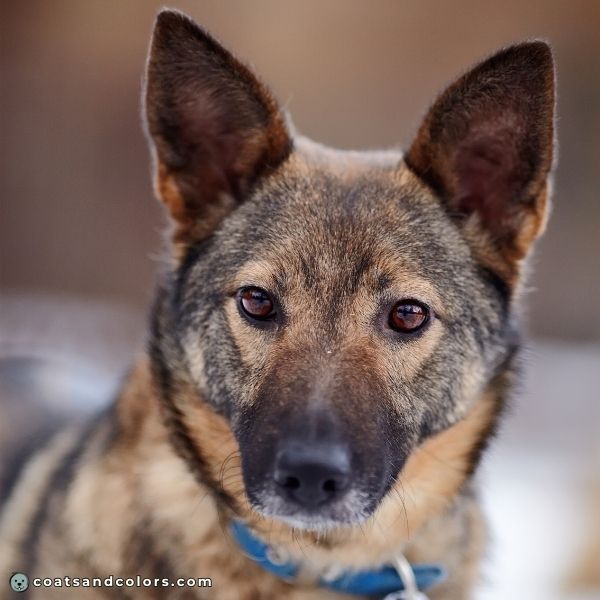
Compared to sable, agouti usually seems way darker, especially in young dogs and puppies.
But the transition between a heavily shaded sable and a lighter agouti pattern is gradual and in some cases needs closer inspection. Usually, shaded sable produces a widow’s peak that does not extend below the eyes and onto the nose ridge like seen in agouti patterns.
Dark Agouti
The banded hairs will often show extended black banding in dogs that carry darker patterns (aw/at or aw/a). These “dark agouti” phenotypes can be especially dark in newborn puppies.
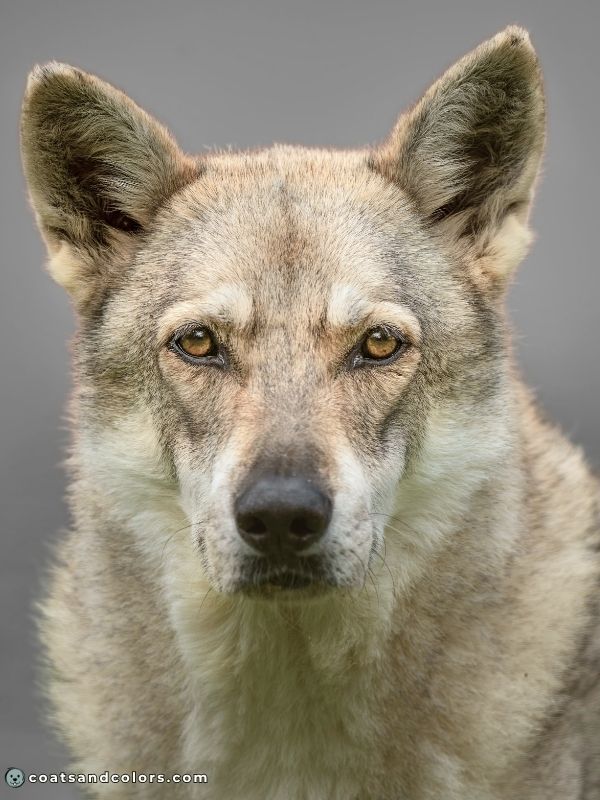
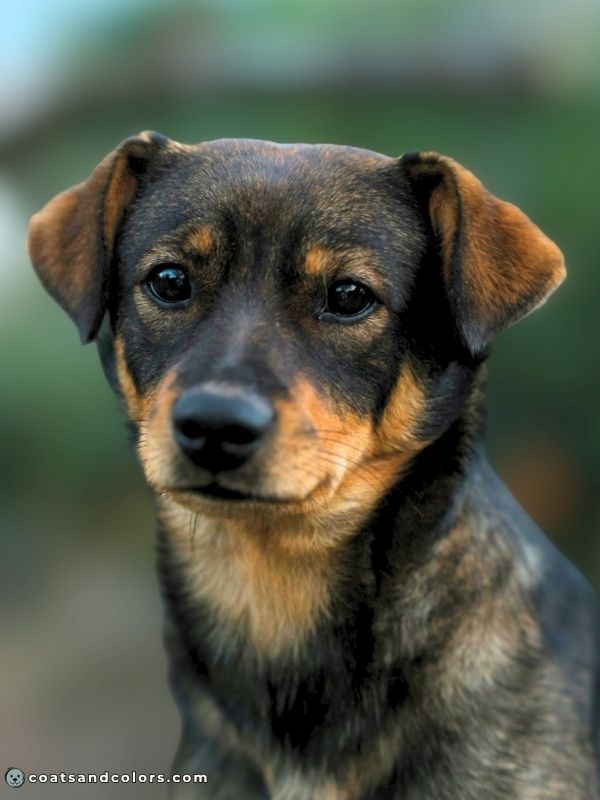
Agouti Puppy Coat
Agouti puppies can be born almost black. Especially dogs that will turn out to be dark agouti later.
That is because ASIP, the molecule that causes yellow pigment, is produced with some delay after birth. And it then also takes some time for new hairs to grow and actually show the new yellow pigment.
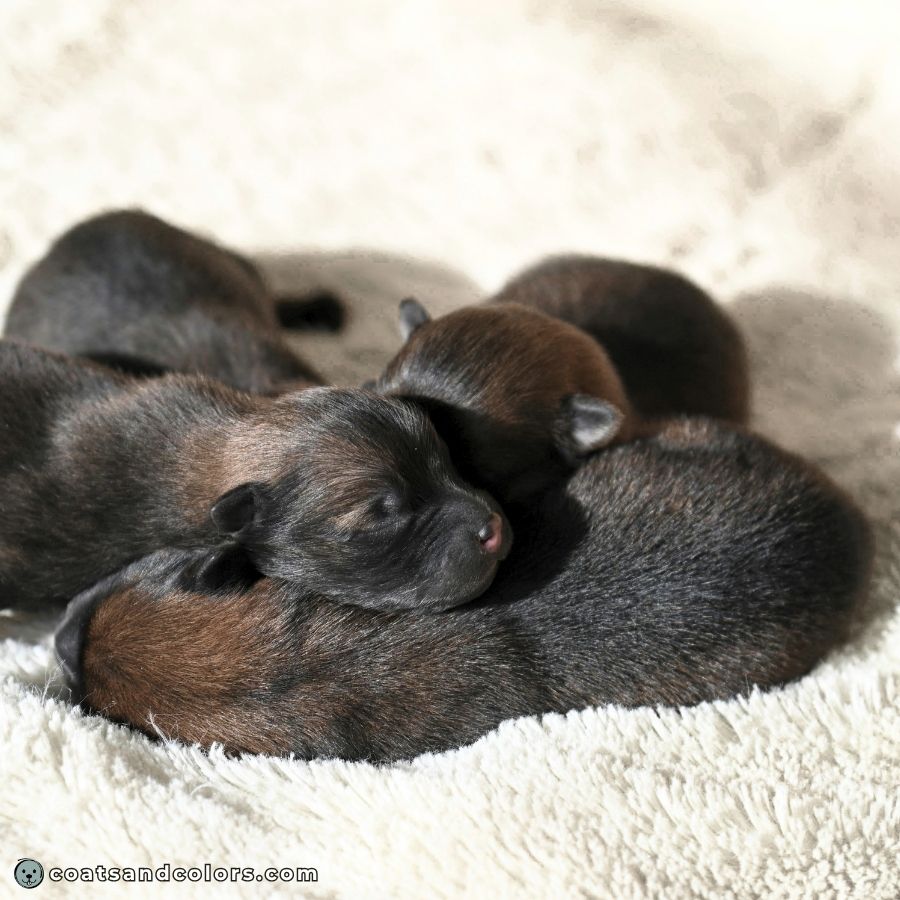
The ventral surface needs some time to develop solid red hairs. And the dorsal surface needs some time to develop banded and not just black hairs. Many older puppies then go through a “pale phase” in their first year and can look very yellow for a while, before their dark coat makes a return.
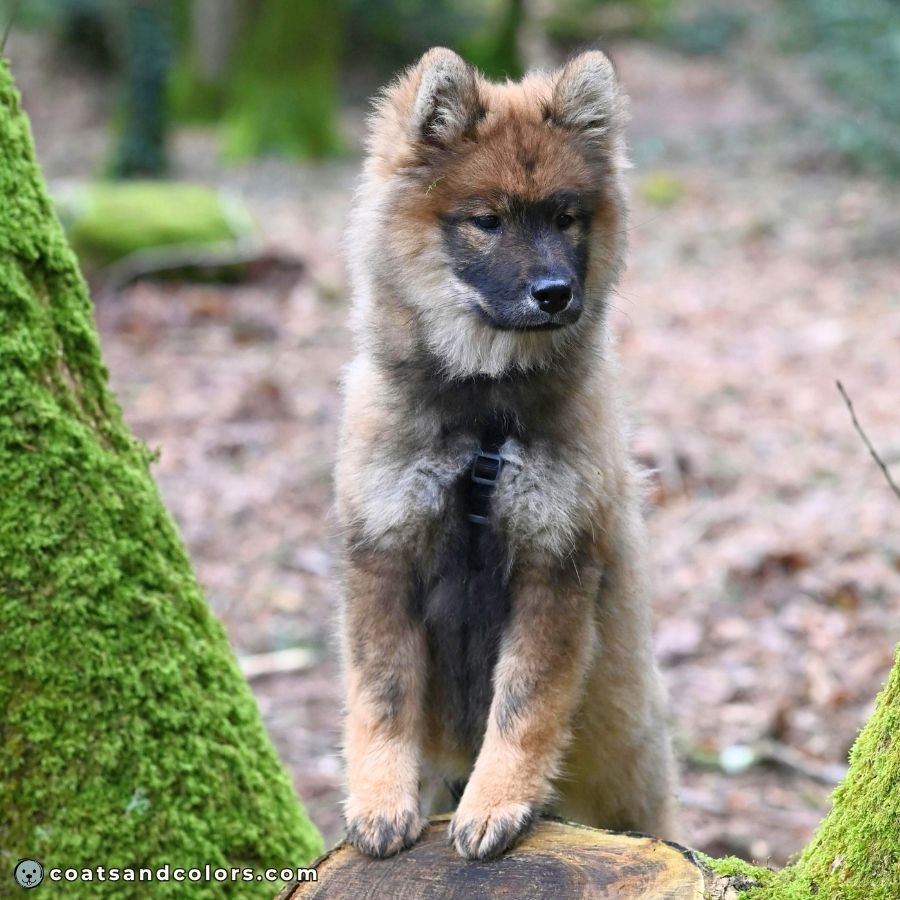
These transitional stages can make it hard to recognize their agouti pattern.
The back of the ears and neck areas are often the first to clear their dark puppy overlay. In fact, many adult agouti dogs don’t have that much banding on their ears.
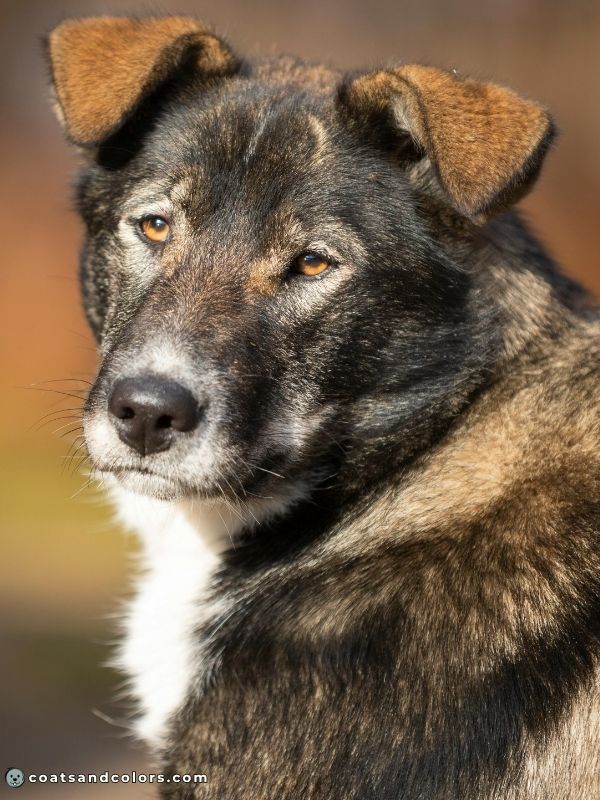
Saddle Agouti
Some agouti dogs have extended ventral tan (e.g. from aw/asa). This limits banded dorsal hairs to a (half-)saddle shape on the dog’s back, so a “agouti saddle” phenotype lacks the banded face markings.
In German Shepherds, they call this “patterned sable” (they use “sable” for agouti).
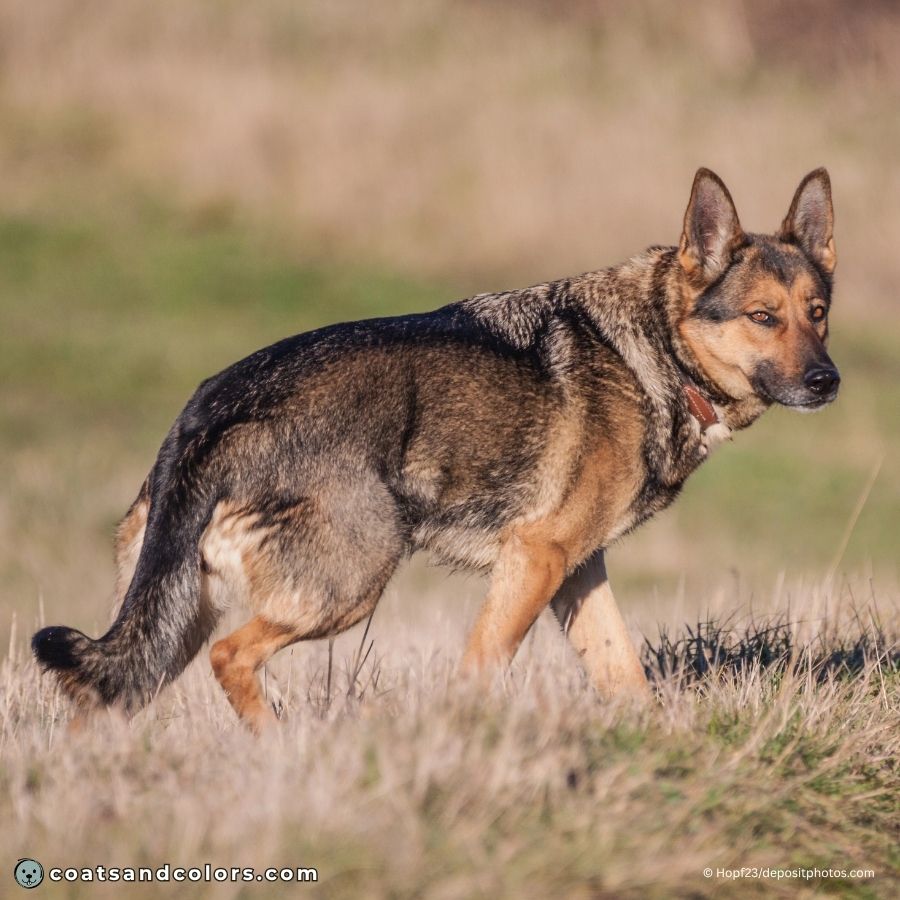
Phaeomelanin Intensity
The phaeomelanin in an agouti pattern can have any shade from white to yellow to red.
Keeshonds or pepper-and-salt Schnauzers provide good examples of agouti with low red intensity.
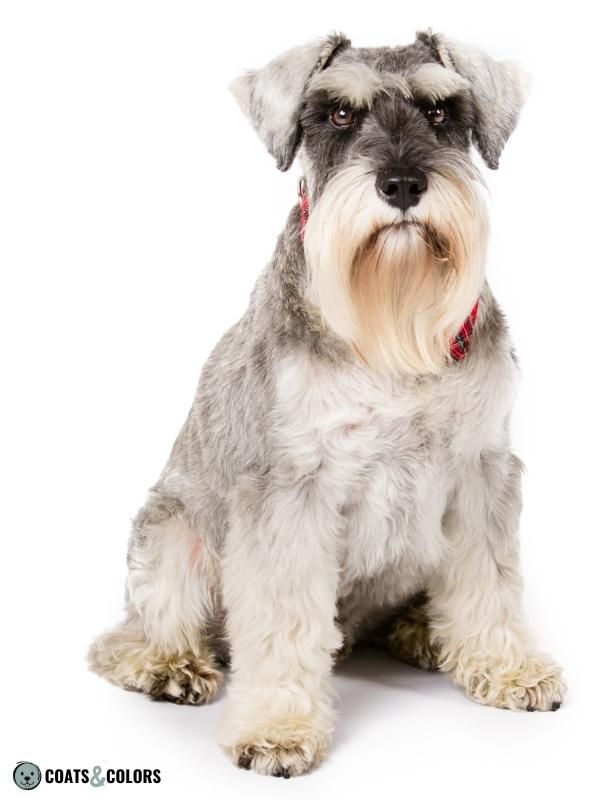
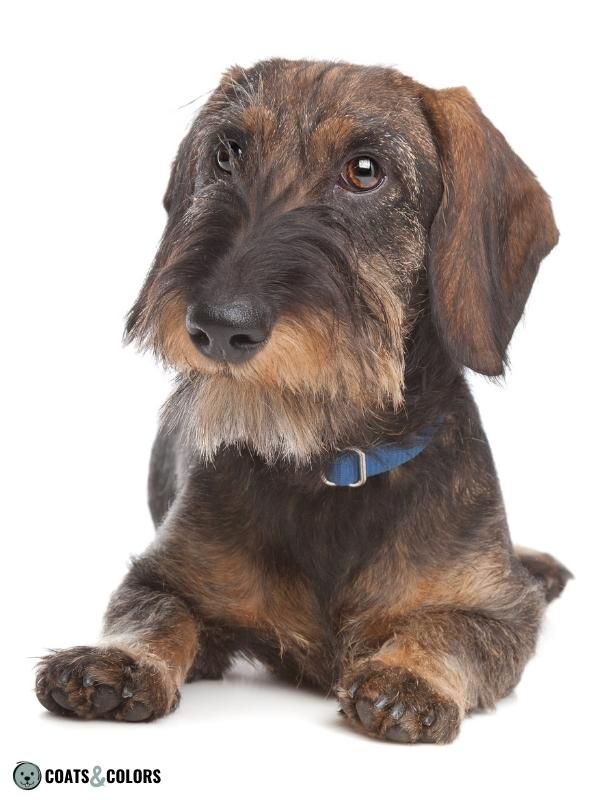
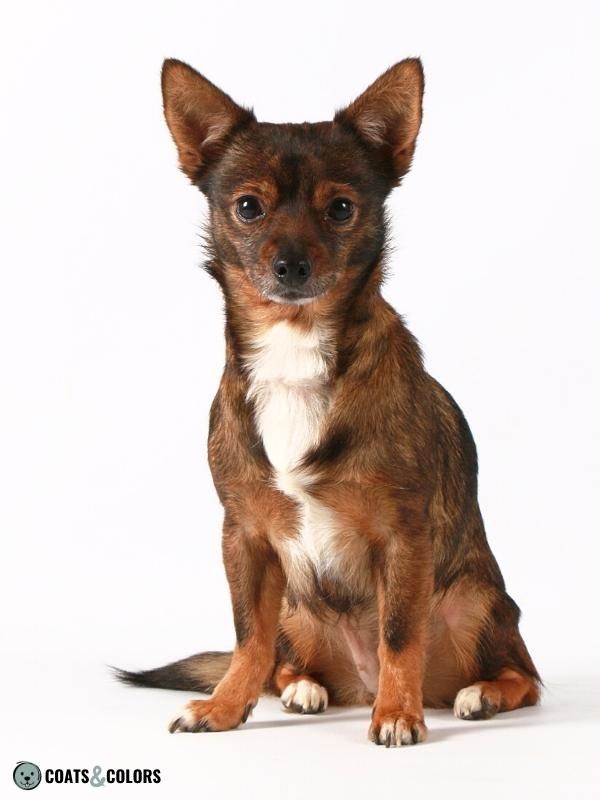
Agouti & Countershading
Countershading (or Urajiro in Japanese dog breeds) causes the ventral area (belly, throat, chest, cheeks, eyebrows) to express a paler shade of phaeomelanin than seen on the dorsal surface.
Agouti with countershading can produce a very “wolfy” look.
In some breeds, these lighter areas have very defined borders and can turn almost white.
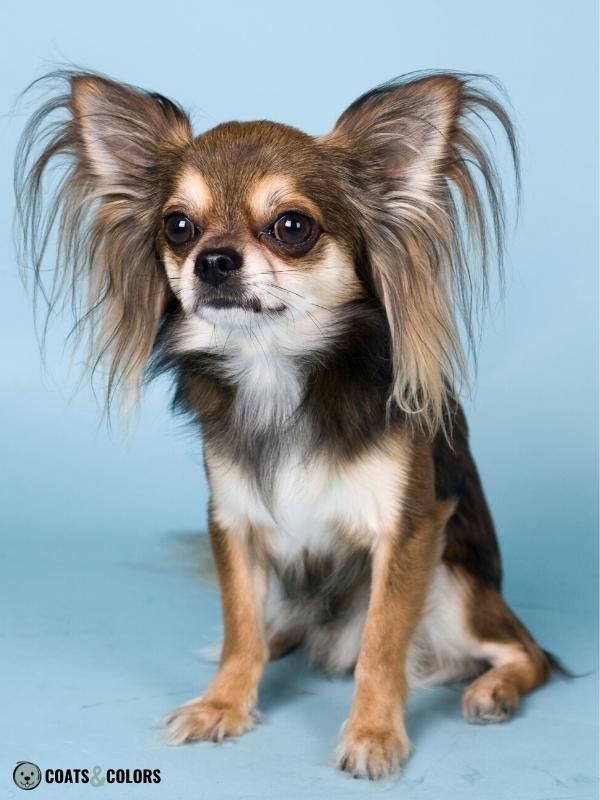
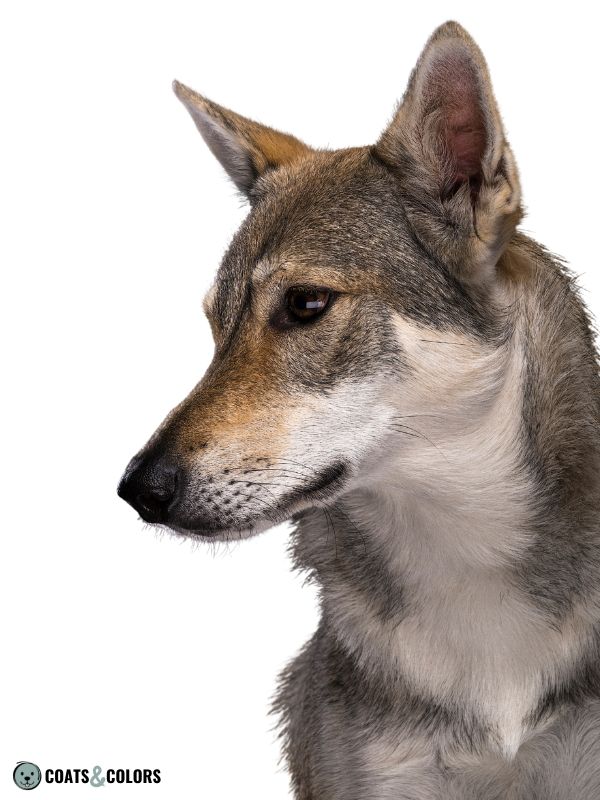
Banding Color
Most dogs with agouti patterns have black eumelanin. But depending on the B-Locus (liver) and D-Locus (dilution), the eumelanin bands can actually be either black, blue, brown, or lilac.
Of course, color combinations like blue-based agouti or brown-based agouti, or rare lilac-based agouti might give less contrast depending on the color intensity of the red coat.
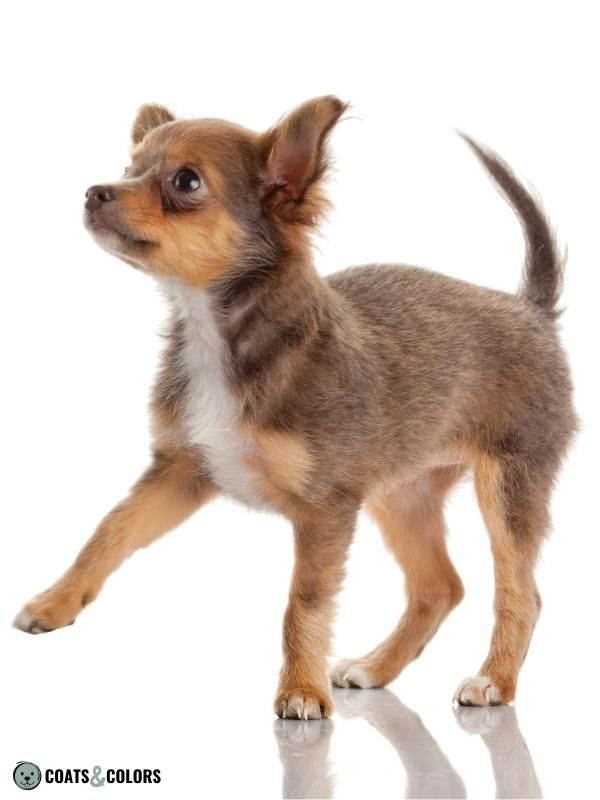
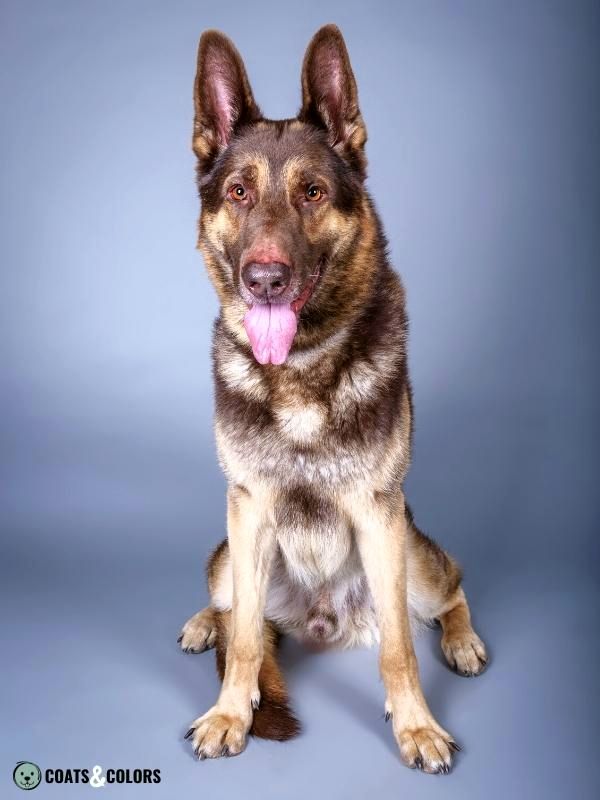
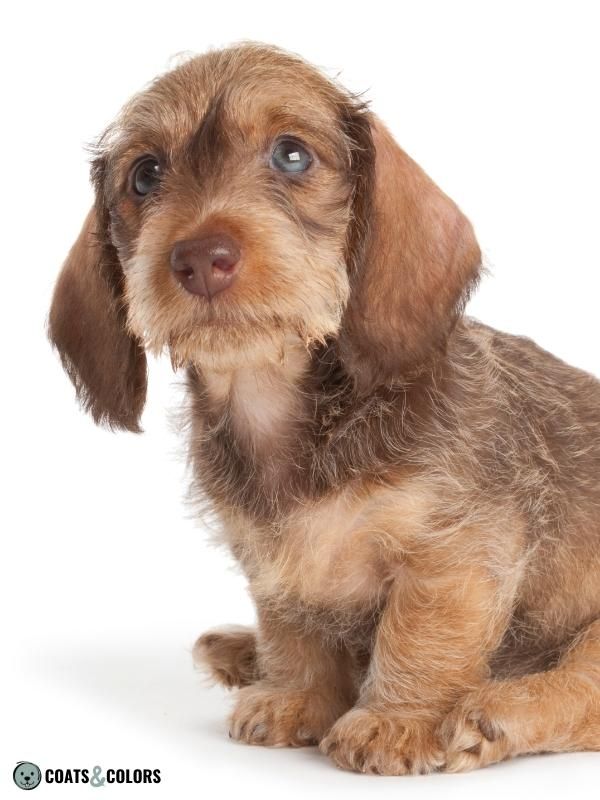
Masked Agouti
Dogs with agouti patterns can also express a melanistic mask.
Masks add more eumelanin on a dog’s muzzle and may hide some of the face markings.
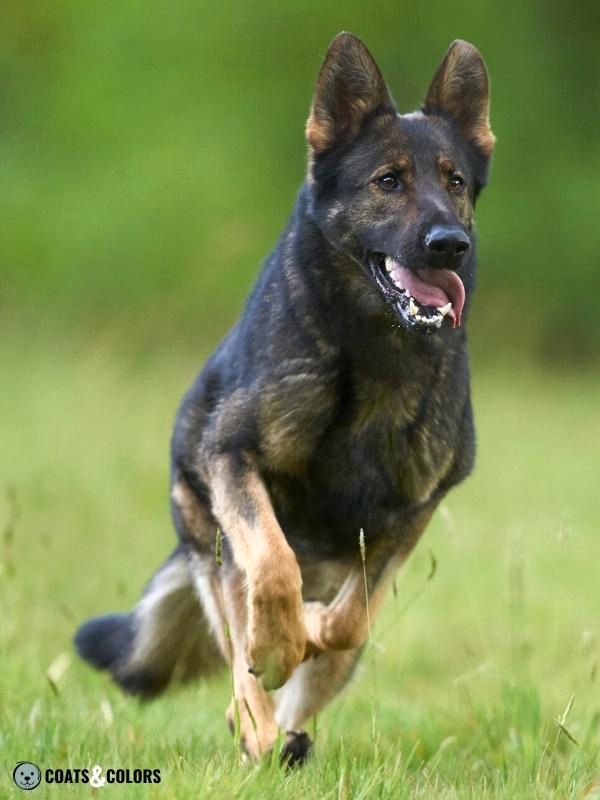
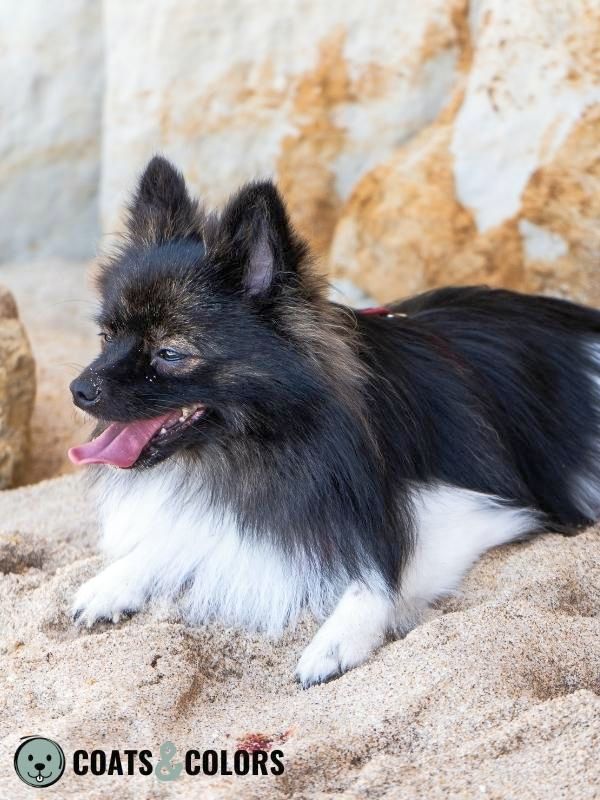
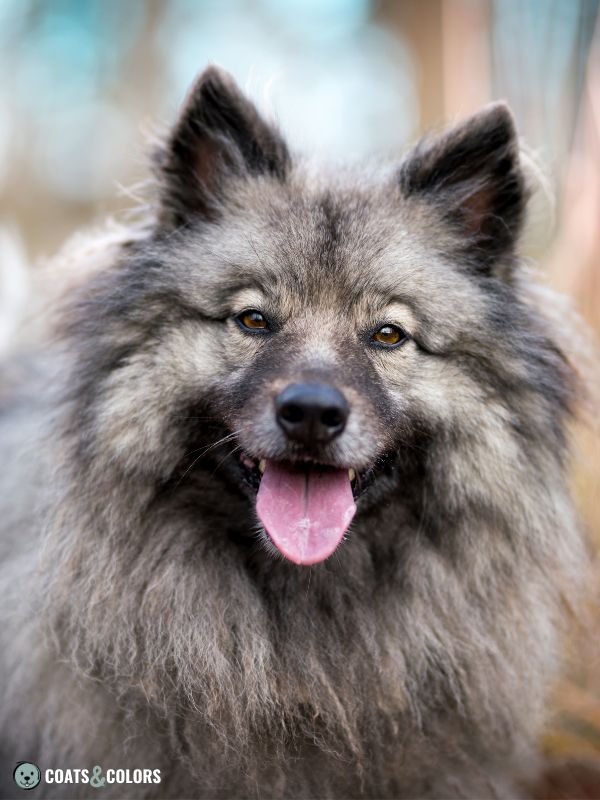
Agouti Brindle
A brindle pattern adds eumelanin stripes to all areas with phaeomelanin base color.
Brindle density varies, so the striping can be very sparse or very dense.
Since agouti naturally is already quite dark, the added brindle striping might not be visible at first glance. But it might be very obvious in the non-banded areas on the lower legs or cheeks.
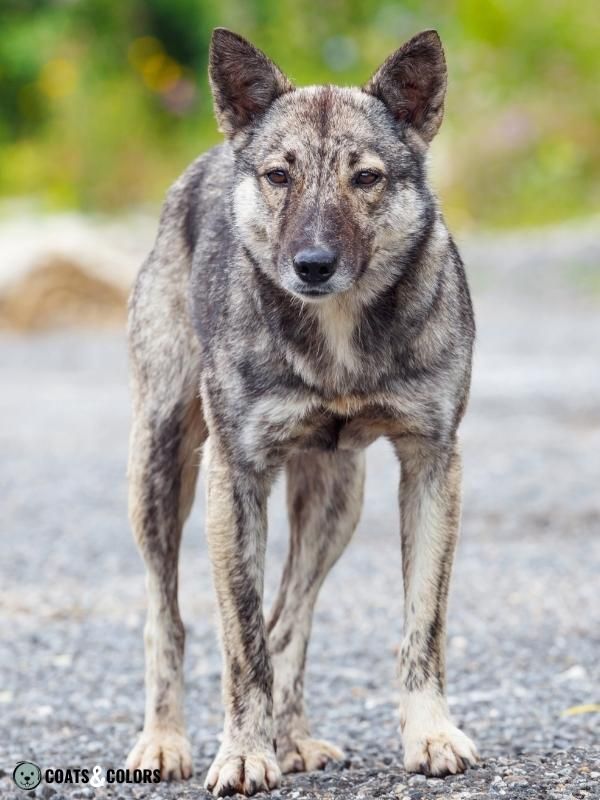
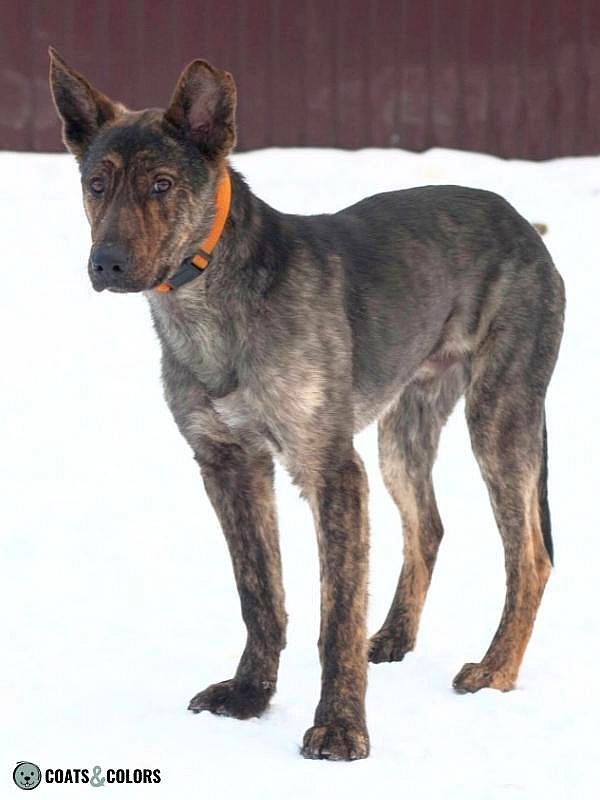
Agouti & White
Patches without any pigment can hide some of the agouti pattern.
Extended white spotting in dogs is mostly caused by piebald or whitehead.
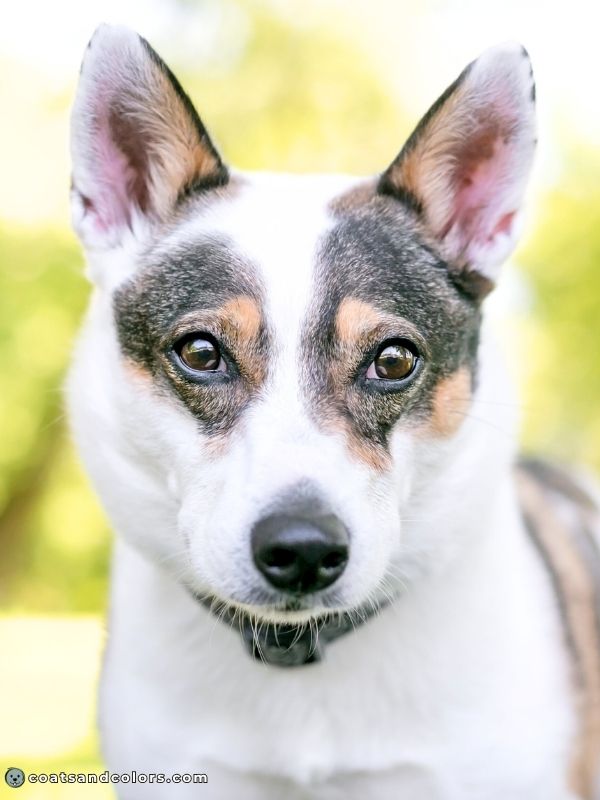
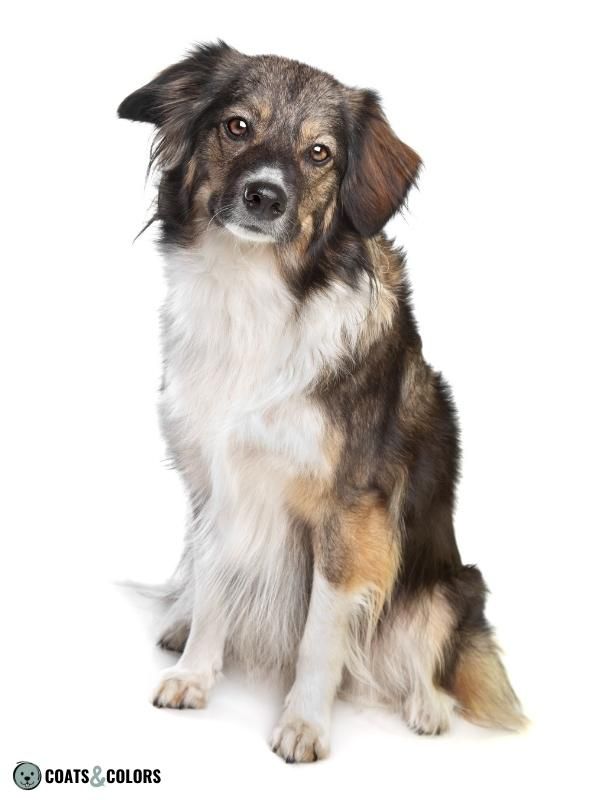
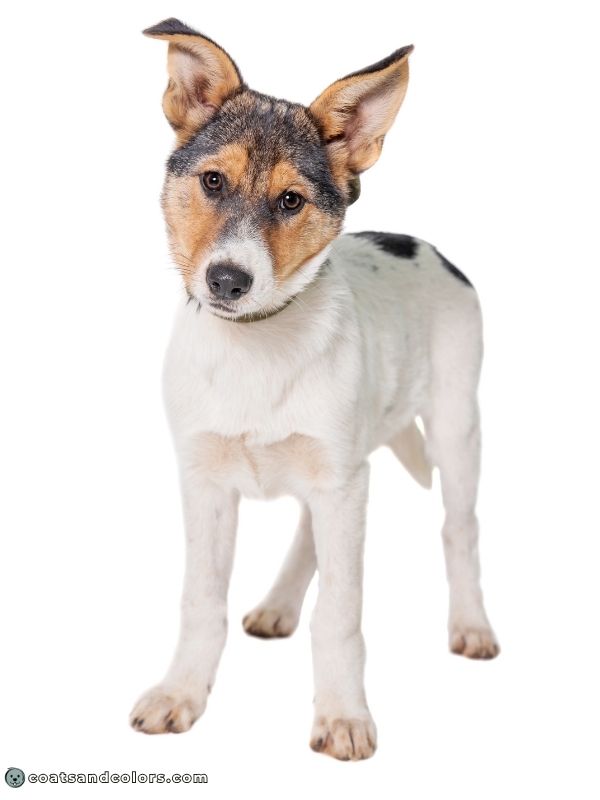
Agouti & Ticking
Any white spotting can be ticked or roaned. These traits are expressed as dots or hairs of the color you would expect at their exact position in the base pattern if the hadn’t been white.
Ticking is not present at birth and begins to show over time. In an agouti dog, the white markings will show some part of the agouti pattern that was deleted by the white coat.
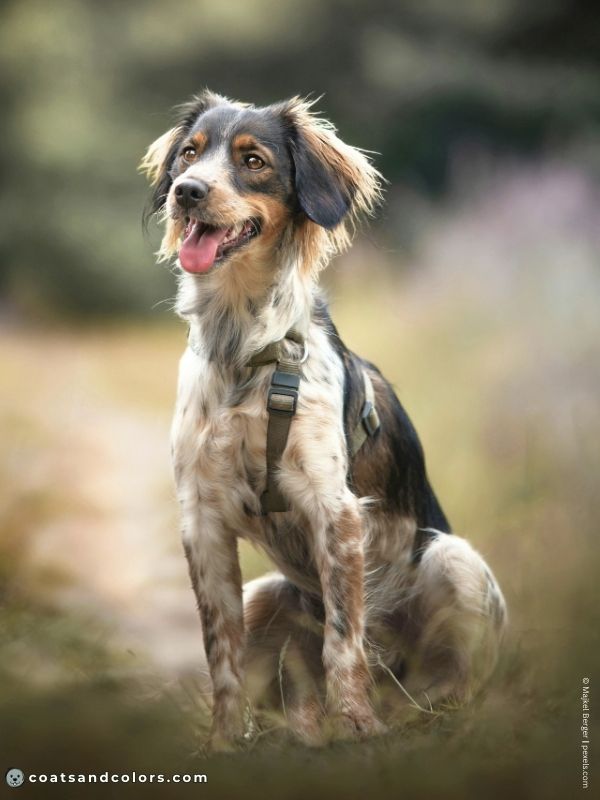
Agouti Merle
Merle can remove some of the eumelanin from a pattern, phaeomelanin is rarely affected. Classic Merle causes a marbled phenotype with random patches of full pigmentation and areas with a diluted color.
Agouti Merles are not that common, to be honest. Most breeds that meddle with Merle want to produce a loud and crisp pattern. And Merle is simply easier to spot on a solid background than on banded hairs.
Agouti Domino
In some dog breeds like the Siberian Husky or Alaskan Malamute, agouti meets domino.
Domino reduces eumelanin production and causes lighter phaeomelanin and pale undercoat. Combined with agouti, this gives a pale grayish coat, often with only some dark hair tips or reduced banding. This can turn agouti into very uniform gray or pale silver phenotypes.
Domino tends to remove eumelanin from the face and extremities, typically resulting in light “open face” markings. Agouti dominos often retain only a small cross of banded fur below the eyes at best.
The effect of domino can vary and also depends on how dark the agouti pattern would have been.
Note: An agouti domino can resemble a shaded sable pattern since both can have a widow’s peak on the forehead and a dark-tipped coat on the back. But dominos have pale whiskers.
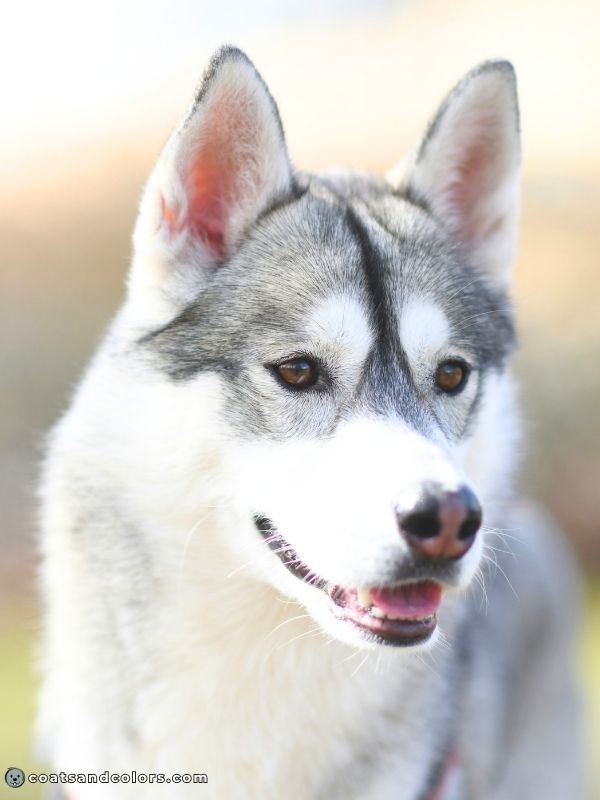


Dog Breeds with Agouti
Agouti is very common in dogs; after all, it is the original wild-type base pattern.
Some breeds use their own breed terms for this pattern, e.g. “wild boar” in Dachshunds, “sable” (duh!) in German Shepherd Dogs, or “pepper and salt” in Schnauzers.
- Alaskan Malamute
- Caucasian Shepherd
- Czechoslovakian Wolfdog
- Dachshund
- Eurasier
- German Shepherd Dog
- German Spitz
- Giant Schnauzer
- Jämthund
- Keeshond
- Miniature Schnauzer
- Norwegian Elkhound
- Petite Basset Griffon Vendéen
- Pomeranian
- Saarloos Wolfdog
- Schnauzer
- Shar Pei
- Siberian Husky
- Swedish Vallhund
- Tamaskan
Learn More
Links
[1] Bannasch, D.L., Kaelin, C.B., Letko, A. et al. Dog colour patterns explained by modular promoters of ancient canid origin. Nat Ecol Evol 5, 1415–1423 (2021). https://doi.org/10.1038/s41559-021-01524-x
Image Credits
© Mary Swift/canva.com
© RosaJay/yayimages.com
© Azaliya/canva.com
© Miguel Cuenca/pexels.com
© Diogo Miranda/pexels.com
© Hopf23/depositphotos.com
© Elin Birgisdottir/unsplash.com
© Haberdoedas/unsplash.com
© Mikhail Nilov/pexels.com
© Павел Гавриков/pexels.com
© JacLou- DL/pexels.com
© dpcrestock/yayimages.com
© Majkel Berger/pexels.com
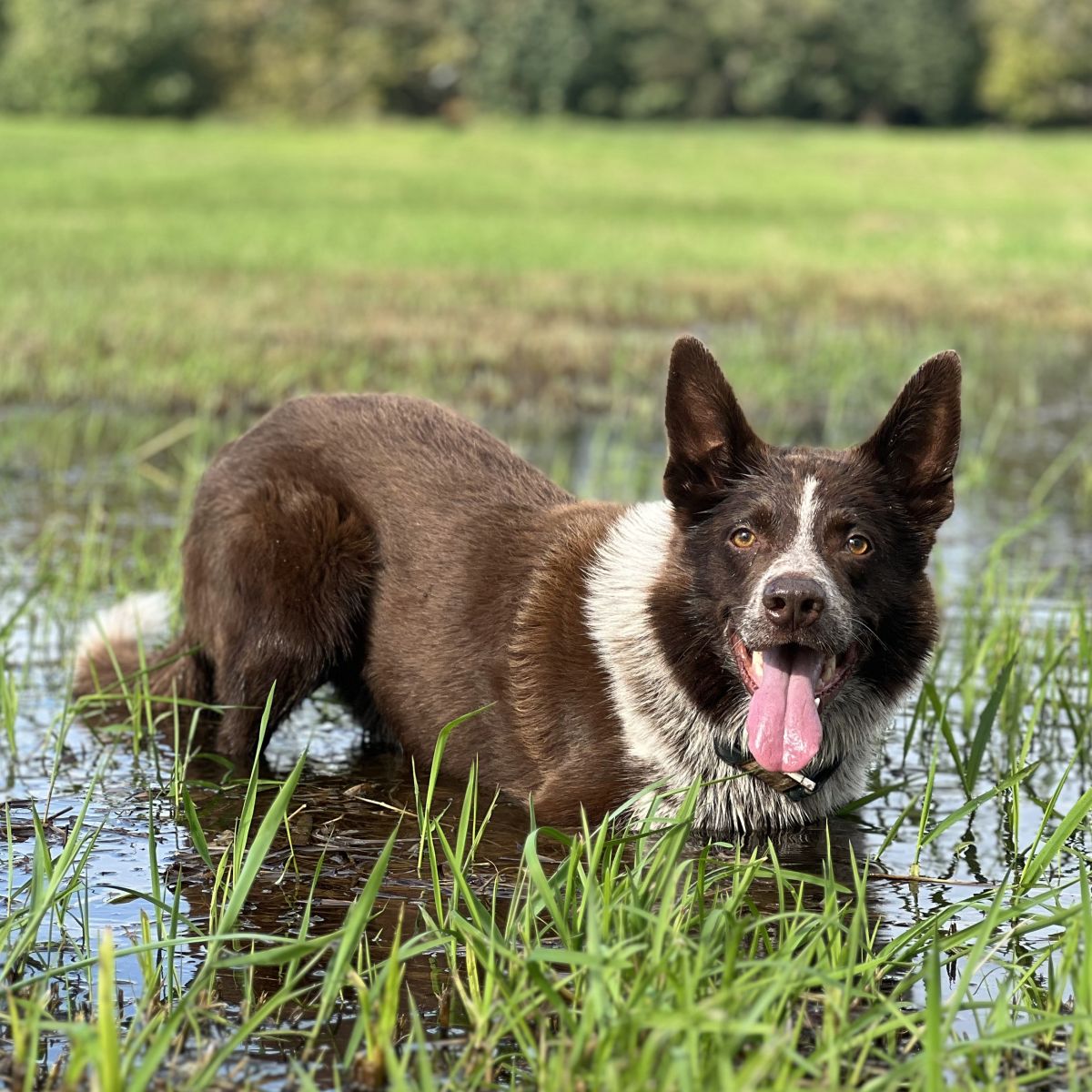
Hi! I’m Steffi. I am a biologist and a big time dog nerd. You are curious about coat color genetics? You’ve come to the right place! Read more.

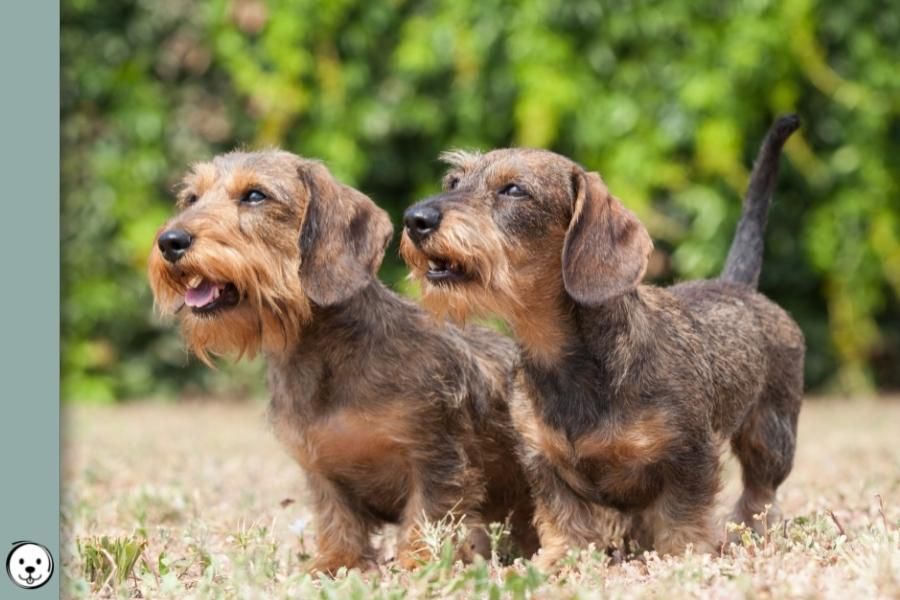
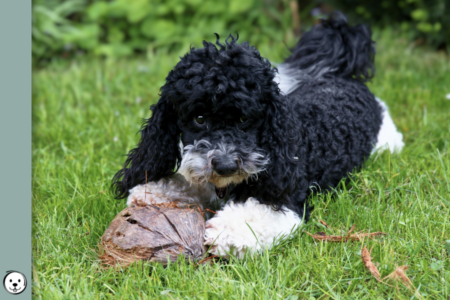
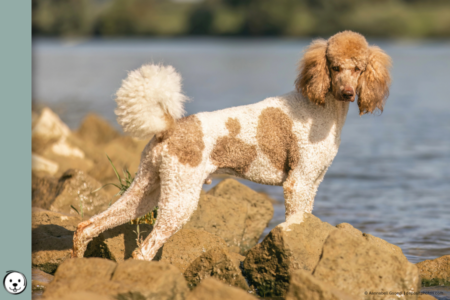
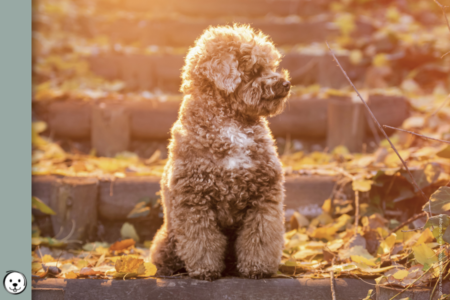

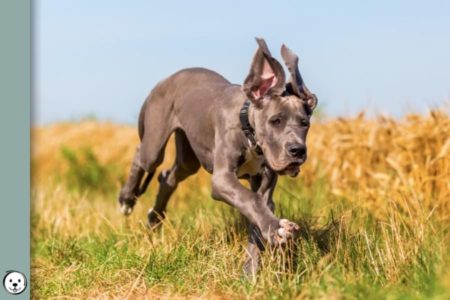
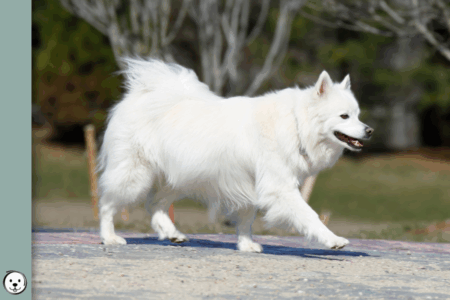
4 thoughts on “Agouti (aw)”
Comments are closed.